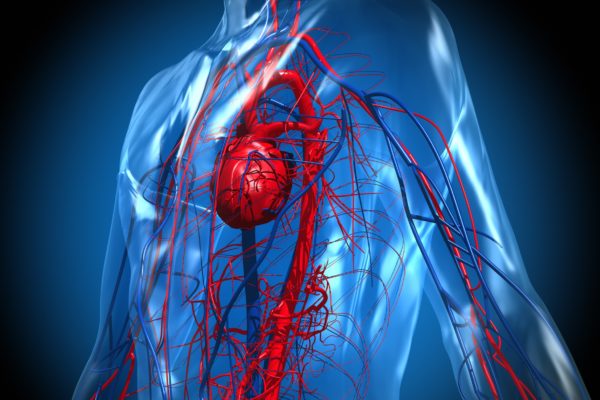
Net-men-kanker.be
Neuroendocrine carcinomas (NECs) are a form of neuroendocrine tumours (NETs). These are neoplasms that arise from cells of the endocrine (hormonal) and nervous systems. Many are benign, while some are malignant. They most commonly occur in the intestine, where they are often called carcinoid tumours, but they can also be found in the pancreas, lung and the rest of the body.
NETs are able to produce hormones and hormone-like substances (functioning tumours). NETs that do not produce hormones are known as non-functioning tumours. NETs are graded along a staging scale that describes how the tumour behaves. NETs that are graded I, II or III are relatively slow-growing. Grade IV, however, is a fast-growing aggressive tumour with a bad differentiation. These NETs are known as neuroendocrine carcinomas (NECs).
There are two types of NECs. The most common is small cell NEC or SCNEC, which often occurs in the lungs and is essentially the same as small cell lung cancer. Much rarer is large cell NEC (LCNEC), which develops in the lungs in half of the cases. Often, the primary tumour cannot be located.
In case of a functional NET, an excess of hormones or hormone-like substances is produced, triggering an array of symptoms associated with that particular hormone. Common symptoms include:
Often, patients only develop symptoms after the cancer has spread. It is not always possible to pinpoint the location of the first tumour, since NECs don’t show up on most scans.
Even though there seems to be a correlation between smoking and NETs and NECs, so far it has not been possible to identify a cause for the disease.
A GP who suspects their patient may have a hormone-related cancer will refer the patient to a specialist. This specialist will conduct several tests, such as blood tests, scans and tissue samples. The latter are often deemed necessary because NECs do not show up clearly on scans.
Given the rarity of NECs, patients will often be referred to a specialised cancer clinic. Oncologists will come up with a treatment strategy and If the cancer has not yet spread, healing the patient will be the main objective of this therapy. However, if the tumour has reached more advanced stages, palliative care may be the only remaining option. The choice for chemotherapy or radiation therapy depends on the overall condition of the patient, the location of the primary tumour – if this can be determined at all – the stage of the tumour and the amount of spreading.
If a patient has a NEC in the lungs that has not spread yet, surgery is often the preferred treatment, but if the tumour has spread, chemotherapy and radiotherapy are generally applied. NECs outside the lungs are very rare and are treated in a variety of manners. For advanced NETs, mTOR and VEGF inhibitors are an option, with other targeted therapies under current investigation.






